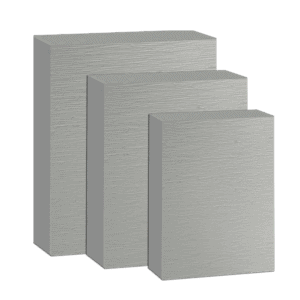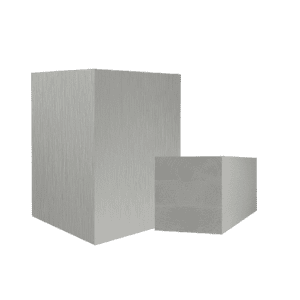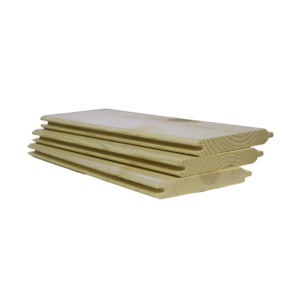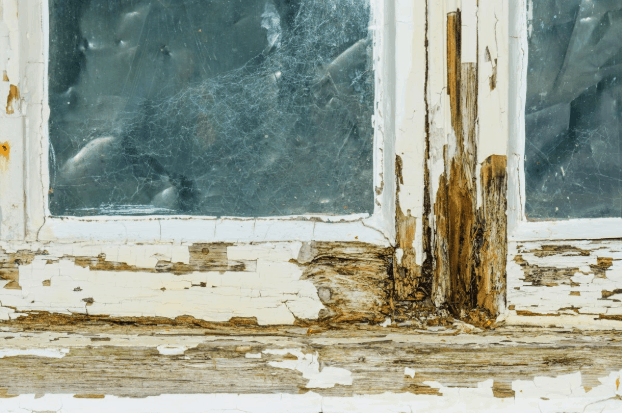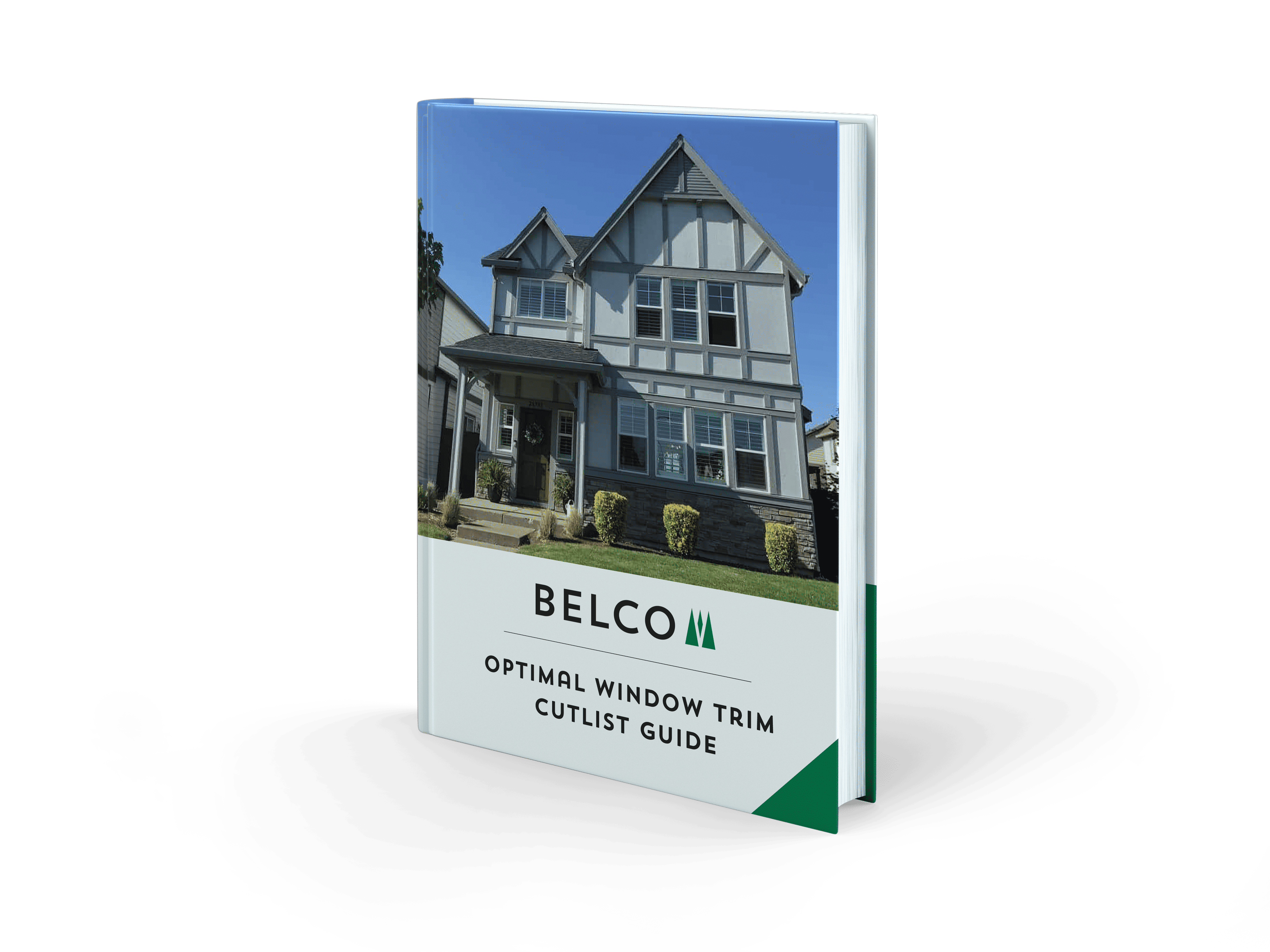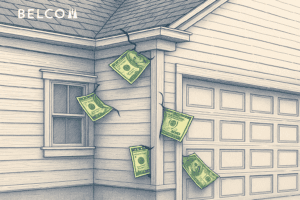Exterior wood trim failure is one of the most common issues that the exterior of a home will face. It surrounds the more vulnerable areas of the home, such as windows and doors, breaks in the siding, and the edging where a course of siding ends. Windows and doors are especially susceptible to moisture and rot, so it is important to inspect window and door trim regularly for signs of damage. Some of these applications may become gathering places for moisture buildup, allowing the wood to absorb water over time, causing cracking, peeling, and blistering of the finish and softening, cracking, and rotting of the wood itself. Many houses experience issues such as wood trim rot as they age, which is why it’s important to choose the right material for exterior trim products.
Even when more expensive wood products are used, such as cedar or redwood, problems still tend to develop over time, such as bleed-through, darkening of the finish, and eventual rotting. On homes and properties that have a lot of trim, it often makes sense to replace it all at once for consistency, even if it’s only rotting in a few places, which can lead to high costs for the homeowner, and additional headaches for the builder. When replacing old wood trim, it is also important to check the underlying framing for water damage or rot to ensure the structural integrity of the home. This is mostly due to the way that many popular trim materials require callbacks for color inconsistencies, bleed-through, and cracking (in the case of some synthetic materials).
Therefore, it’s important to choose a wood trim replacement material that’s going to minimize these issues. Selecting the best material for exterior wood trim replacement will help ensure durability, protection, and a lasting aesthetic. One product worth considering is preservative-treated wood trim.
Importance of Exterior Trim
Exterior trim is more than just a decorative accent—it’s a vital part of the home’s defense against the elements. Wood trim frames windows, doors, and corners, sealing vulnerable joints and providing a finished look to the exterior. While wood trim is a classic and popular choice for exterior trim due to its natural beauty and versatility, it is also susceptible to rot, moisture damage, and wear over time. Replacing or repairing exterior trim is an important part of maintaining a home’s curb appeal and structural integrity. With a variety of materials now available, from traditional wood to advanced composites, understanding the options can be helpful when choosing the best trim to ensure the home stays protected for years to come.
Assessing the Condition of Existing Trim
Before deciding whether to repair or replace the exterior trim, it’s important to thoroughly assess the condition of the existing trim. Start by walking around the home and inspecting all exterior trim for visible signs of damage, such as cracks, peeling paint, holes, or areas where the wood feels soft or spongy—these are classic indicators of rotted trim. Pay special attention to trim pieces around windows, doors, and corners, as these spots are particularly prone to moisture and rot. If there are only minor issues, such as small cracks or nail holes, repairs may be sufficient. However, if extensive rotting or damaged trim is found, it’s best to replace those sections with new trim pieces to prevent further damage to the home’s exterior. Promptly addressing rotting or damaged trim helps maintain the home’s appearance and protects it from more serious issues down the line.
Removing Rotted Trim
Once rotted trim that needs to be replaced is identified, careful removal is the next step. Begin by using a pry bar to gently loosen and remove the old trim, taking care not to damage the surrounding area or siding. Always wear protective gloves and safety glasses to guard against splinters and debris. After removing the damaged trim, inspect the exposed area for any signs of further damage, such as mold or additional rotting wood, and address these issues before proceeding. When it’s time to install new trim pieces, consider using durable products like preservative treated trim products, which are designed to resist moisture and rot, providing a longer-lasting replacement. Proper removal and replacement of rotted trim not only restores the look of your home but also helps prevent future problems caused by moisture infiltration.
What Is Preservative-Treated Wood Trim?
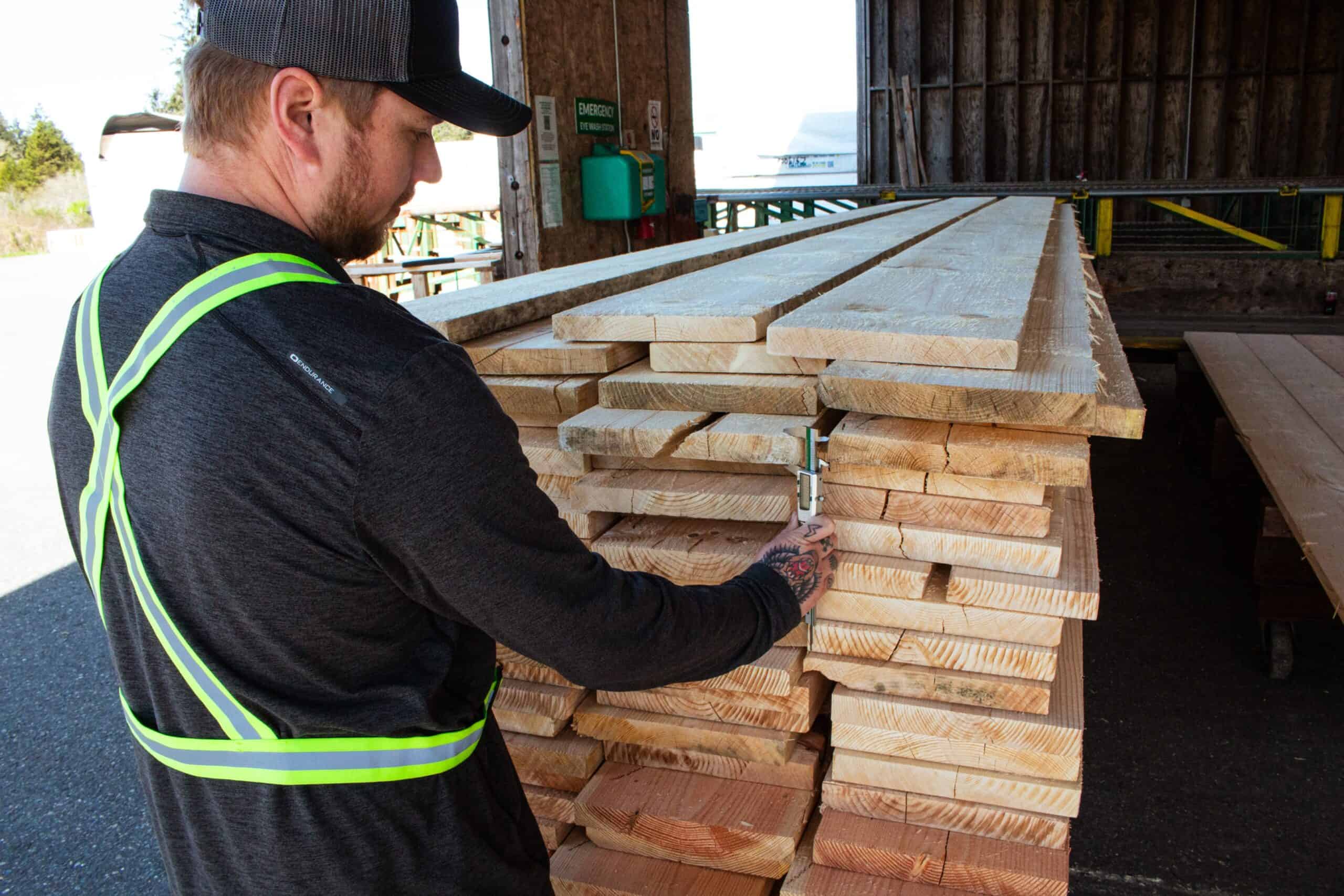
Preservative-treated wood trim is an alternative to the standard wood trims that help eliminate many of the problems builders and homeowners can encounter. The wood is first kiln-dried for stability, then treated with either a surface or penetrative treatment of preservatives that contain carbon-based fungicides and insecticides. While a surface, topical treatment may provide some protection, treatment that penetrates the actual fibers of the wood will yield stronger results. When the treatment is penetrative, the preservatives are absorbed into the wood, resulting in a more stable and higher quality product. For extra protection, an primer can be applied to seal the edges and sides of the wood, helping to prevent moisture infiltration and improve durability. This makes the wood trim stable, lightweight, easy to work with, and longer lasting than most other wood trim products on the market. It’s also lower in cost than cedar and other commonly used woods.
Why Preservative-Treated Wood Trim Is the Best Replacement Option
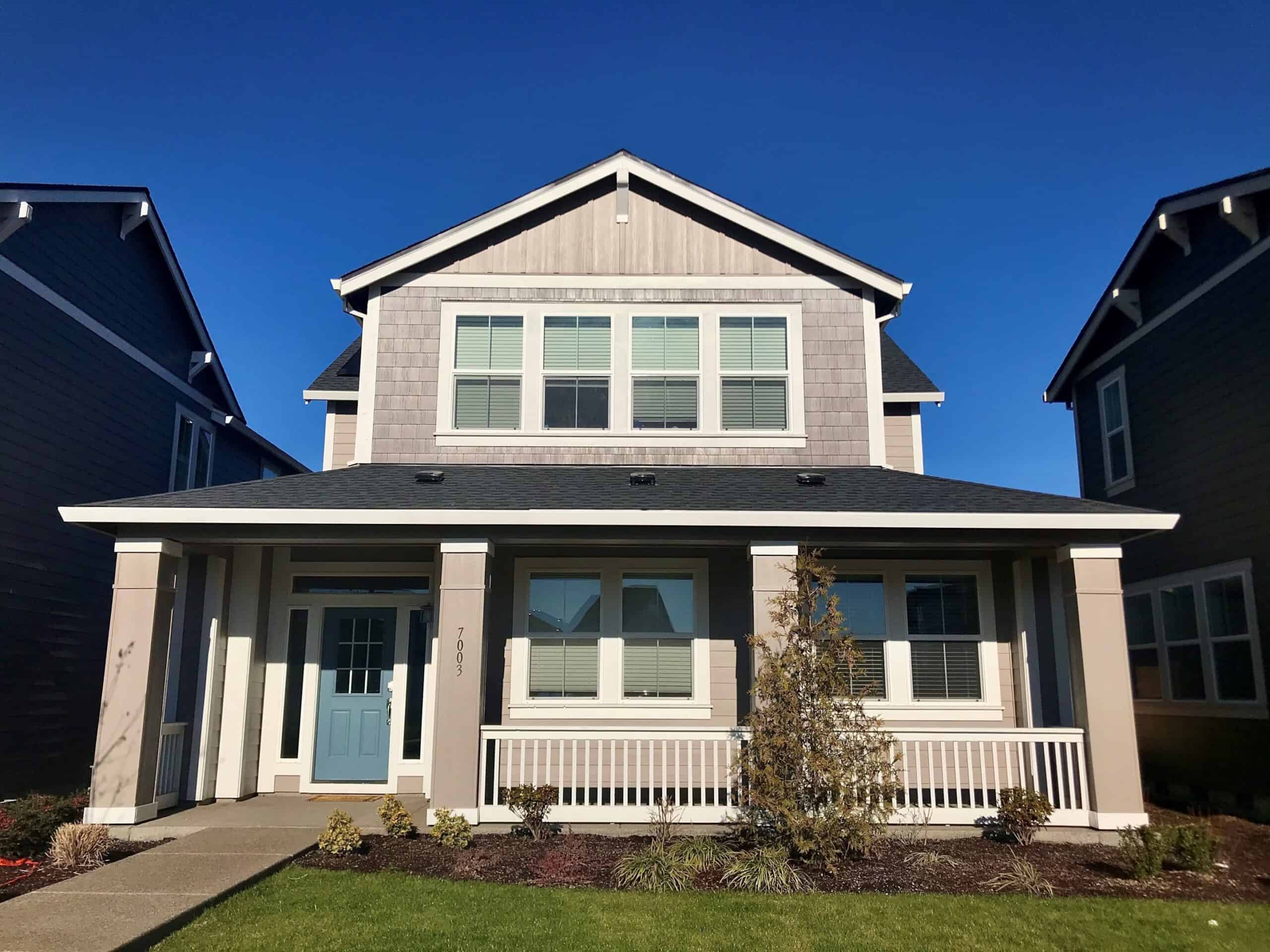
When a homeowner makes a call regarding having their trim replaced, they want the job done quickly and they want it done right. They don’t want to have to make multiple callbacks about their new trim, and they don’t want to have to replace it again in just a few years. Contractors want these things, too; they want the ability to quickly get the job done, and not have to return to the jobsite again and again because of the common problems associated with some wood trim products.
Preservative-treated wood trim is lightweight when kiln dried and easy to install. When installing new pieces or a new piece of trim, it’s important to measure the length of the trim boards accurately. Properly fitting trim boards around exterior windows and doors helps protect against water infiltration. When installing, remember to peel the backing off flashing or adhesive materials as needed. Inspect the end grain for rot, and seal it to protect against moisture. Joints and edges should be sealed with caulk to prevent water ingress and ensure a seamless appearance. If rot is left unaddressed, it can lead to a bigger problem affecting the framing and structure. Some repairs may be needed for trim that was installed years ago, and proper installation and painting can help fix and protect the trim.
The same applies for the color. If you don’t prime the trim, you’ll likely see bleed-through from the oils in the heartwood and sapwood working their way out. Field priming will take additional time, which takes both man hours and adds costs to the final project.
Preservative-treated wood comes already primed with a tough acrylic-latex primer that is tested to withstand excellently against high air moisture and rain, abrasive scrubbing and other issues before it arrives on the jobsite. It’s durable and uniformly coated, eliminating the need for you to prime on site.
Compared to vinyl trim, preservative-treated wood trim offers a painted finish that can be customized, while vinyl is known for its durability and resistance to heat, but may have limitations in color options.
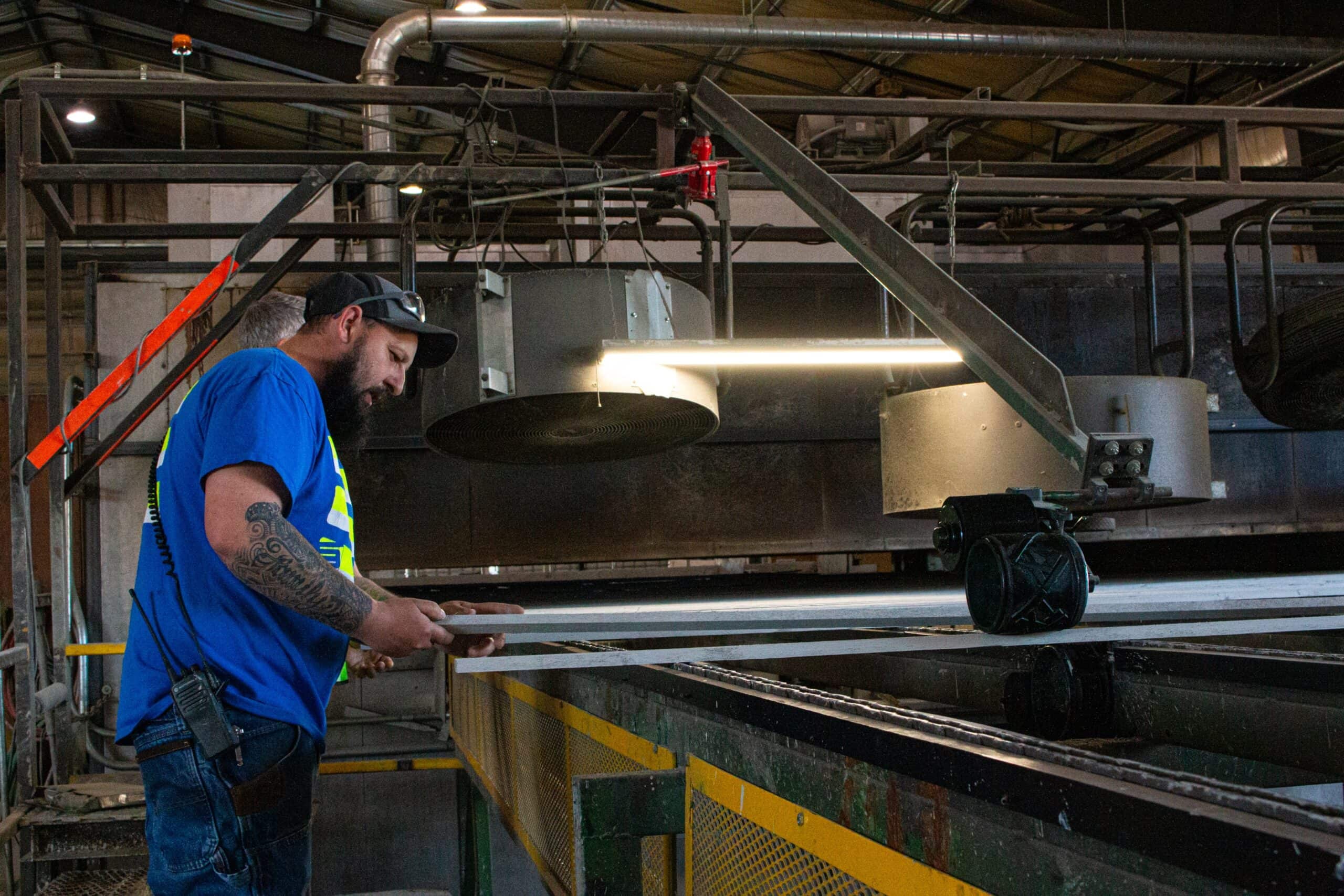
Preservative-treated trim is designed to last. Belco XT Trim includes a 20-year limited warranty. This gives both you and your client peace of mind about the trim, its quality, and its ability to outlast other wood trims. It’s available at a lower cost than cedar, so you can maximize profits and grow your reputation with homeowners at the same time.
Choose the Right Exterior Wood Trim Replacement
You have a lot of options for wood trim when the time comes for choosing a replacement or updating your design. Make sure that you choose trim that will give you long-lasting results and fewer callbacks, while remaining easier and faster to work with. Contact Belco Forest Products for more information on their trim and other products to get the best wood trim replacement for your project.

